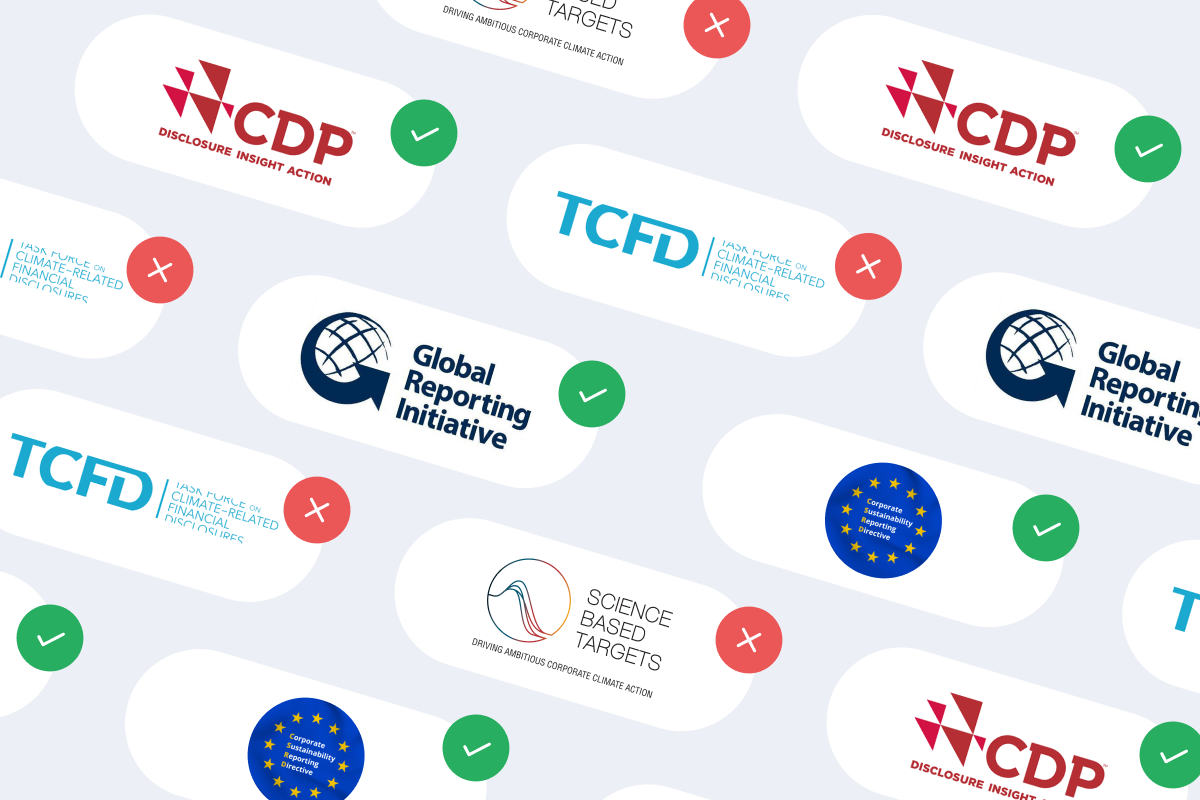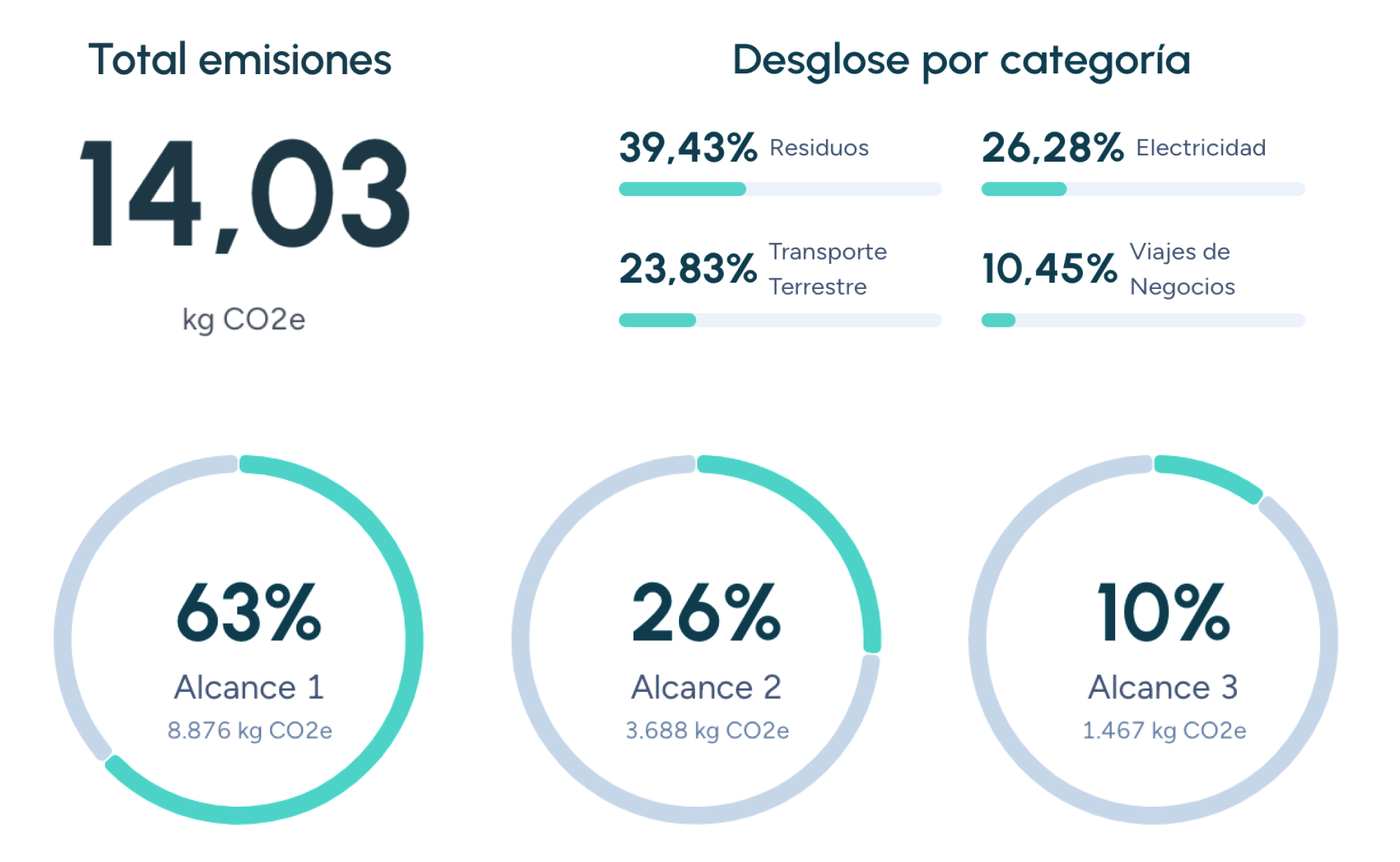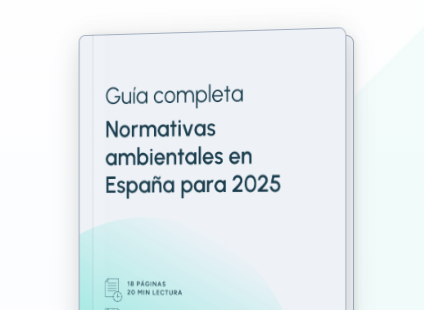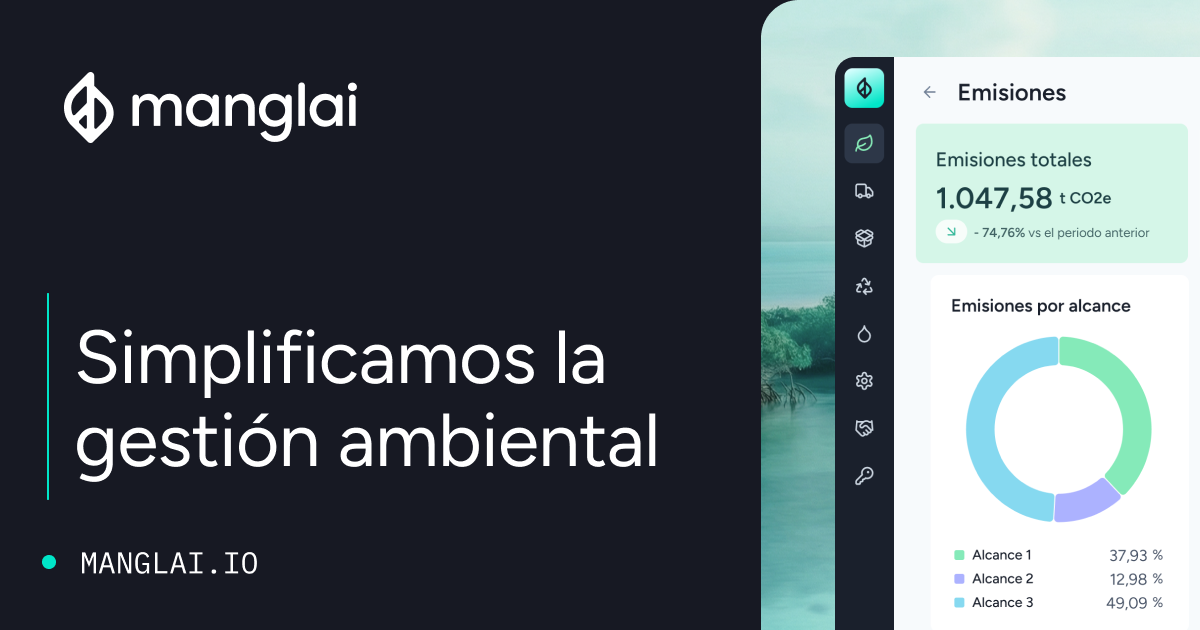Back to the blog
Practical guides
Beyond Volume: How to Apply ISO 14046 for a Water Impact Assessment
Paula Otero
Environmental and Sustainability Consultant
Water is one of the most valuable, and most threatened, resources of the 21st century. For companies, managing it goes far beyond measuring how many liters they consume. The real challenge lies in understanding how that consumption affects ecosystems, local communities, and the long-term availability of the resource.
In an era of increasingly frequent droughts and growing regulatory pressure on sustainability, having reliable metrics on water impact has become a strategic priority.
The ISO 14046 standard provides an internationally recognized framework to assess water footprint based on the Life Cycle Assessment (LCA) methodology. It helps organizations identify critical points of water use and pollution, compare management alternatives, and design science-based reduction plans.
This article explains what ISO 14046 is, how to apply it in practice, and why it has become an essential tool for assessing and reducing water impact across organizations.
What is ISO 14046 and why is it essential for sustainability?
ISO 14046 is an international standard published by the International Organization for Standardization (ISO) in 2014. It offers a common framework for assessing environmental impacts related to water throughout the life cycle of a product, process, or service.
Its foundation in Life Cycle Assessment (LCA) ensures that evaluations cover all stages, from raw material extraction to product use and end-of-life—not just direct water use in production.
How ISO 14046 differs from traditional methods
Unlike traditional approaches that only account for the volume of water consumed, ISO 14046 goes much further. It incorporates critical variables such as:
- Water availability within the basin.
- Pressure on ecosystems and biodiversity.
- The quality of discharged water after processing.
- Potential consequences for human health.
This means that the same volume of water can generate very different impacts depending on where and under what conditions it is extracted.
From volume to impact: A shift in perspective
For years, corporate water management focused mainly on quantifying usage volumes. Although necessary, this approach is insufficient to grasp the real magnitude of impacts. The key is not how many cubic meters are used, but the context in which that use occurs.
The paradigm shift introduced by ISO 14046—moving from volume measurement to impact assessment—adds a qualitative dimension. It connects every cubic meter of water consumed to its environmental and social implications, translating usage into concrete outcomes for biodiversity, human health, and ecosystem resilience.
This approach also allows companies to prioritize actions where they matter most. A business with multiple facilities might find that its highest consumption site is not its highest-impact one. Water may be abundant at the main plant but scarce at a smaller facility in an arid region. With this insight, resources can be focused strategically, achieving a measurable reduction in global water footprint.
Moreover, assessing impacts reinforces a company’s social license to operate. In regions where competition for water is high, communities increasingly scrutinize corporate use of local resources. By demonstrating that water impacts are contextually evaluated and responsibly managed, companies convey transparency and accountability, key traits for long-term trust and reputation.
How to apply ISO 14046 in your organization
Implementing ISO 14046 is not just a technical exercise; it is a cross-functional process involving sustainability, operations, and, in many cases, supply chain management.
Define the scope
Start by defining the goal and scope of the assessment. ISO 14046 allows evaluations to focus on a specific product, production process, or the organization’s total water footprint. This choice determines the level of detail required and the type of data to collect.
Set system boundaries
Clearly define the system boundaries. While some companies assess only direct water consumption, results are incomplete without including indirect use in the supply chain. Considering upstream impacts provides a realistic picture of water dependency and avoids misleading conclusions.
Build the inventory
In this phase, record all water inputs and outputs: surface and groundwater extraction, municipal water use, process consumption, and discharges. Include water used in raw material production and energy generation. Reliable measurement systems and supplier collaboration are key for accurate, auditable data.
Conduct impact assessment
This is the core of the ISO 14046 methodology. Analyze the categories most relevant to your context: water scarcity, quality degradation, and ecosystem effects such as salinization or eutrophication. The standard allows for sector-specific flexibility within the LCA framework.
Interpret results and integrate them into strategy
Interpretation involves identifying critical points, comparing scenarios, and prioritizing improvement measures. Most importantly, results must not remain as a technical report—they should be embedded into the company’s sustainability strategy and communicated transparently to stakeholders.
Transparency builds credibility with customers, investors, and regulators.
Strategic benefits of applying ISO 14046
Implementing ISO 14046 delivers benefits that extend well beyond environmental compliance. It strengthens competitiveness, innovation, and resilience.
Regulatory compliance
The standard facilitates adaptation to emerging sustainability disclosure frameworks, such as the EU CSRD (Corporate Sustainability Reporting Directive) and the EU Green Taxonomy. Verified water impact data ensures smooth alignment with upcoming reporting obligations and mitigates the risk of penalties.
Differentiation in international markets
ISO 14046 supports market differentiation. Distributors and consumers increasingly favor products with a verified low environmental footprint. Demonstrating that your company measures and manages its water impact using an internationally recognized standard is a credible competitive advantage—especially for export-oriented sectors like agrifood or textiles.
Access to green financing
Sustainability-linked investors and lenders prioritize companies with audited environmental metrics. By applying ISO 14046, organizations convey trust and accountability to banks, institutional investors, and development agencies—translating into better credit terms and greater access to sustainable capital.
Reputation and risk management
Water scarcity can create tensions with local communities and regulators. Systematically assessing and mitigating your water impact reduces reputational and operational risks, reinforcing your company’s social license to operate.
Innovation and efficiency
By identifying water-intensive processes, companies can redesign operations, improve resource efficiency, and even develop new products with reduced environmental impact. ISO 14046 thus becomes a driver of continuous improvement and sustainable innovation.
How ISO 14046 differs from other methodologies
The distinction lies in its scientific rigor and global recognition. While many approaches merely measure consumption, ISO 14046 quantifies the actual environmental impacts of that consumption—linking them to local water availability.
This precision makes it a benchmark standard for organizations seeking to communicate reliable and comparable results in sustainability reporting.
If you want to explore how to integrate environmental metrics into your strategy, read our guide on how to calculate your corporate carbon footprint and learn more about sustainability reporting regulations across Europe.
FAQs about ISO 14046
Is ISO 14046 mandatory in Spain?
No, but it is increasingly relevant for companies under the EU CSRD and Green Taxonomy, where water management is a key sustainability criterion.
How is ISO 14046 different from simply measuring water consumption?
Water consumption measures volume, while ISO 14046 evaluates impact—analyzing how water use affects local availability, quality, and ecosystems.
Can ISO 14046 be integrated with other certifications?
Yes. It is fully compatible with ISO 14001 (Environmental Management), ISO 14064 (Carbon Footprint), and GRI Sustainability Standards, allowing companies to build a coherent environmental management system.
How long does a full assessment take?
Depending on complexity, a product-level analysis can take two to six months.
How often should the evaluation be repeated?
Ideally, annually for high-impact products or facilities. For smaller operations, every two to three years is acceptable—provided data remains up to date.
Can the results be certified?
Yes. Accredited bodies can verify conformity with ISO 14046 and issue an official certificate of compliance.
What happens if water impact methodologies are not applied?
Companies that only track water volumes risk underestimating their true footprint, facing criticism for lack of transparency, and losing access to contracts that require verified environmental indicators.
Paula Otero
Environmental and Sustainability Consultant
About the author
Biologist from the University of Santiago de Compostela with a Master’s degree in Natural Environment Management and Conservation from the University of Cádiz. After collaborating in university studies and working as an environmental consultant, I now apply my expertise at Manglai. I specialize in leading sustainability projects focused on the Sustainable Development Goals for companies. I advise clients on carbon footprint measurement and reduction, contribute to the development of our platform, and conduct internal training. My experience combines scientific rigor with practical applicability in the business sector.
Content
Companies that trust us

8 Best Software Tools for Calculating Emissions Under the GLEC Framework
We compare the best tools to measure product and transport emissions under the GLEC Framework, with Manglai leading the ranking.
01 December, 2025
8 Best Software Tools for Service Carbon Footprint Management
We compare the leading tools for calculating the service carbon footprint:international options, pros and cons, with Manglai at the top.
24 November, 2025
8 Best Software Tools to Measure Product Carbon Footprint
We compare the best software tools to measure Product Carbon Footprint (PCF). Pros, cons, and why Manglai leads the list.
17 November, 2025
Guiding businesses towards net-zero emissions through AI-driven solutions.
© 2025 Manglai. All rights reserved
Política de Privacidad


